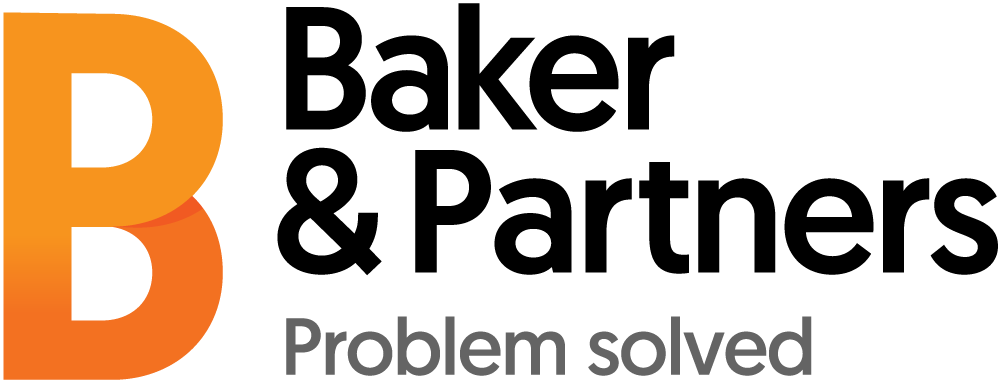Unlocking the Remote Workforce Potential: Balancing the Upsides and Challenges
As the world continues to evolve and adapt to new technologies and ways of living, remote work has become a popular topic of discussion among professionals and employers. With the rise of digital communication tools and the need for more flexible work arrangements, remote work has become a viable option for many. In this article, we will explore the pros and cons of remote work to help you decide if it's the right choice for you and your organization.
The Advantages of Remote Work
Improved Work-Life Balance
One of the most significant benefits of remote work is the potential for a better work-life balance. Without the daily commute and the ability to create a flexible work schedule, employees can spend more time with their families, pursue hobbies, and take care of personal responsibilities.
Increased Productivity
Remote work can lead to increased productivity for many employees. With fewer distractions from office chatter and impromptu meetings, remote workers can focus on their tasks and get more done in less time. Additionally, the flexibility to work during their most productive hours can lead to better work quality and output.
Cost Savings
Working from home can lead to significant cost savings for both employees and employers. Employees save on commuting costs, lunches, and work attire, while employers can save on office space, utilities, and other overhead expenses.
Access to a Wider Talent Pool
Remote work allows companies to hire talent from all over the world, giving them access to a broader range of skills and expertise. This can lead to a more diverse and inclusive workforce, as well as the ability to tap into specialized knowledge that may not be available locally. Using the HealthBoxHRs Applicant Tracking System you can easily find new talent quickly and effectively.
Environmental Benefits
Remote work has a positive impact on the environment by reducing the number of cars on the road, leading to decreased traffic congestion and air pollution. Additionally, remote work can help companies reduce their carbon footprint by using less energy in office buildings.
The Challenges of Remote Work
Communication and Collaboration
While technology has made it easier to communicate with colleagues, remote work can still present challenges in communication and collaboration. Misunderstandings can occur more frequently due to the lack of non-verbal cues and tone of voice. Additionally, coordinating schedules and meetings across time zones can be challenging.
Isolation and Loneliness
Remote work can lead to feelings of isolation and loneliness for some employees, especially if they are used to working in a social office environment. This can have a negative impact on employee well-being and engagement. HealthBoxHR offers a mental health module to let you monitor your employee's mental well-being and take the proper steps to make a change.
Work-Life Balance Struggles
While remote work can improve work-life balance for some, others may struggle to set boundaries between work and personal life. The blurred lines between home and office can lead to overworking, burnout, and difficulty in disconnecting from work at the end of the day.
Managing and Monitoring Performance
For managers, remote work can make it more challenging to monitor employee performance and provide regular feedback. This can lead to uncertainty about how well employees are performing and whether they are meeting their goals and objectives. Use the performance tracker to monitor goals, employee performance and training, setup one to ones to ensure that targets are being met, all using HealthBoxHR.
Technology Reliance and Security
Remote work relies heavily on technology, making it essential for employees to have reliable internet access and the necessary tools to perform their job. Additionally, remote work can pose security risks, as sensitive information may be more vulnerable to cyberattacks when accessed outside of a secure office network.
Finding the Right Balance
Implementing a Hybrid Work Model
For some organizations, the solution to the pros and cons of remote work lies in a hybrid work model. This approach allows employees to work remotely part of the time and in the office for the remainder. This can provide the best of both worlds, offering flexibility and work-life balance while maintaining in-person connections and collaboration.
Effective Communication Strategies
To overcome the communication challenges associated with remote work, it's essential to implement effective communication strategies. This may include regular video conferences, instant messaging platforms, and collaboration tools. HealthboxHR's MyChatBox module provides an excellent solution for fostering effective communication among remote teams, allowing for seamless collaboration and real-time messaging.
Fostering a Strong Remote Work Culture
Creating a strong remote work culture can help combat feelings of isolation and loneliness among remote employees. Encourage team-building activities, regular check-ins, and opportunities for social interaction, even in a virtual setting. HealthboxHR's Mental Health module can also play a crucial role in supporting employee well-being by providing resources and support for mental health in a remote work environment.
Setting Clear Expectations and Goals
Managers should set clear expectations and goals for remote employees to ensure they understand their responsibilities and can stay on track. HealthboxHR's Performance module can help managers set and track employee goals, provide feedback, and measure performance, ensuring that remote employees remain engaged and aligned with company objectives.
Prioritizing Cybersecurity and Data Protection
To mitigate the risks associated with technology reliance and security in remote work, organizations must prioritize cybersecurity and data protection. HealthboxHR's robust security features help ensure that sensitive information remains secure, even when accessed remotely. Regular training and reminders for employees about cybersecurity best practices can also help protect company data.
Conclusion
Remote work presents a unique set of advantages and challenges. By understanding these pros and cons, organizations can make informed decisions about whether remote work is suitable for them and how to implement it effectively. By utilizing HealthboxHR's array of modules such as the 'MyChatBox' instant messaging tool and 'Goals and Objectives' tracking, organizations can better support their remote workforce and create a thriving environment that benefits both employees and employers































